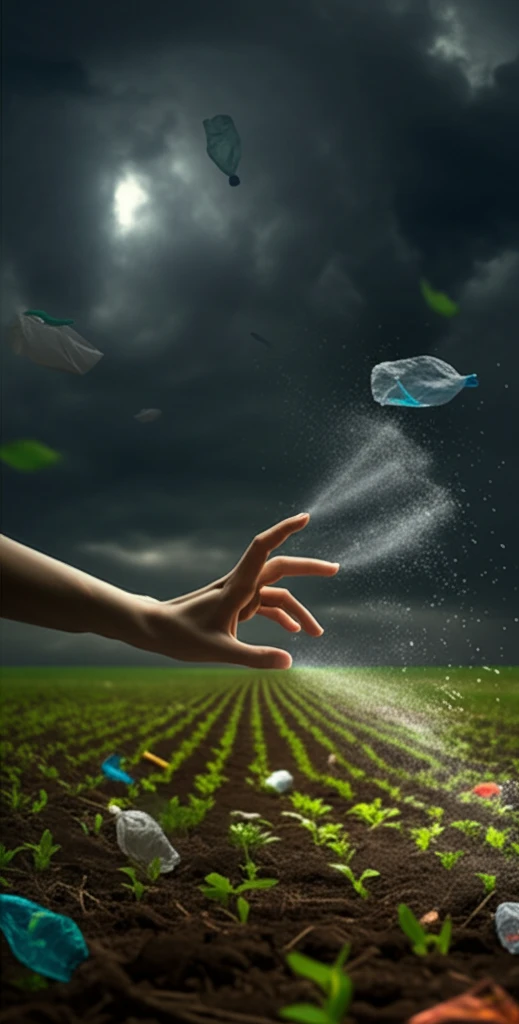
Navigating the Murky Waters: How to Reduce Your Exposure to Chlorpyrifos and Environmental Toxins
"A closer look at the EPA's stance on chlorpyrifos, the alarming rise of plastic pollution, and practical tips for protecting your health and the environment."
In a world increasingly aware of environmental threats, understanding the complexities of pollution and regulatory responses is crucial for protecting our health and future. Recent developments, such as the debate around the pesticide chlorpyrifos and the escalating crisis of plastic waste, highlight the ongoing challenges we face. This article delves into these issues, providing clarity and actionable advice for navigating these murky waters.
The use of chlorpyrifos, a pesticide linked to neurotoxic effects, has been a contentious topic. While the U.S. Environmental Protection Agency (EPA) has faced legal challenges regarding its regulation, the substance remains a concern for public health. Simultaneously, the staggering amount of plastic pollution continues to mount, impacting ecosystems and human well-being alike. Understanding these issues is the first step toward making informed decisions and taking effective action.
We aim to provide a comprehensive overview of these environmental challenges and offer practical strategies to mitigate their impact on your life. From understanding the implications of regulatory decisions to adopting eco-friendly habits, this guide is designed to empower you with the knowledge and tools needed to protect yourself and contribute to a healthier planet. Join us as we explore these critical issues and discover how small changes can make a significant difference.
Chlorpyrifos: Understanding the Risks and Regulatory Landscape

Chlorpyrifos is an organophosphate insecticide used to control pests in a variety of agricultural settings. However, its potential health risks, particularly concerning neurodevelopmental effects, have raised significant concerns. Studies have indicated that exposure to chlorpyrifos can adversely affect brain development, especially in children. This has led to intense scrutiny and legal challenges regarding its continued use.
- Health Concerns: Chlorpyrifos has been linked to neurodevelopmental issues, especially in children.
- Regulatory Debate: The EPA's decisions regarding chlorpyrifos have been subject to legal challenges and public debate.
- Agricultural Use: Despite concerns, chlorpyrifos continues to be used in some agricultural settings.
- Alternatives: Exploring alternative pest control methods is crucial to reducing reliance on potentially harmful pesticides.
Taking Action for a Healthier Future
The challenges posed by chlorpyrifos and plastic pollution are significant, but not insurmountable. By staying informed, making conscious choices, and supporting sustainable practices, we can collectively reduce our exposure to harmful toxins and contribute to a healthier planet. Every action, no matter how small, makes a difference in creating a more sustainable and equitable future for all.
